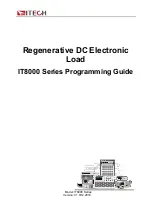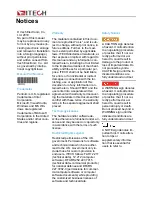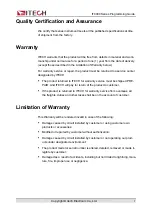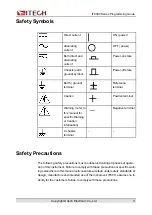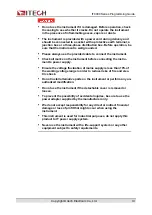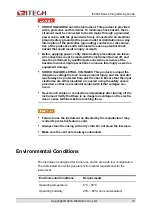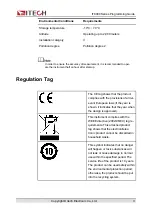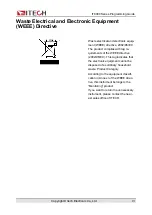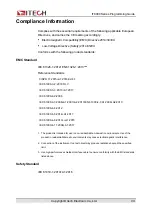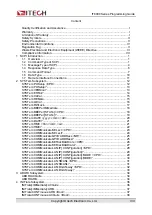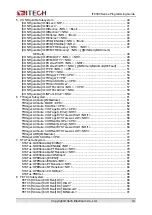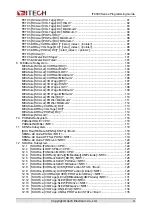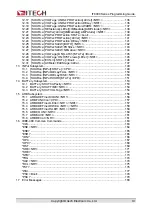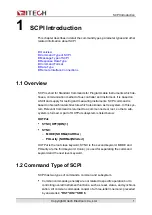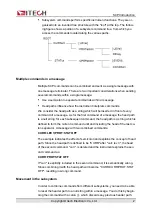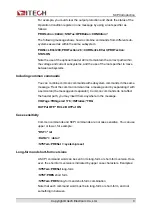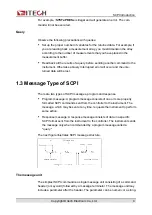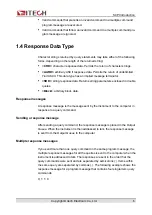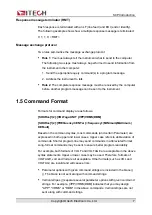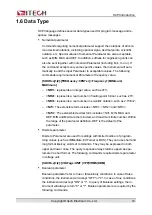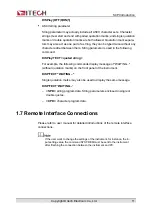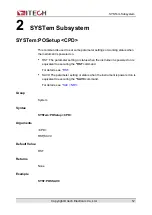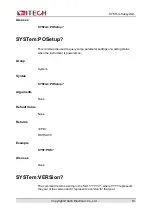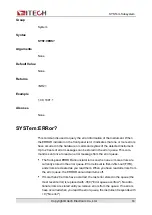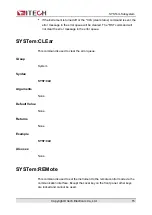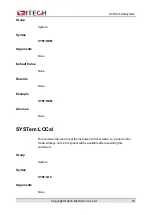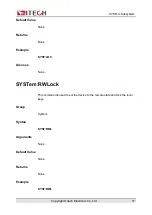
•
Subsystem commands perform specific instrument functions. They are or-
ganized into an inverted tree structure with the "root" at the top. The follow-
ing figure shows a portion of a subsystem command tree, from which you
access the commands located along the various paths.
Multiple commands in a message
Multiple SCPI commands can be combined and sent as a single message with
one message terminator. There are two important considerations when sending
several commands within a single message:
•
Use a semicolon to separate commands within a message.
•
Head paths influence how the instrument interprets commands.
We consider the head path as a string which will be inserted in front of every
command of a message. As for the first command of a message, the head path
is a null string; for each subsequent command, the head path is a string which is
defined to form the current command until and including the head of the last co-
lon separator. A message with two combined commands:
CURR:LEV 3;PROT:STAT OFF
The example indicates the effect of semicolon and explains the concept of head
path. Since the head path is defined to be "CURR" after "curr: lev 3", the head
of the second command, "curr", is deleted and the instrument explains the sec-
ond command as:
CURR:PROT:STAT OFF
If "curr" is explicitly included in the second command, it is semantically wrong.
Since combining it with the head path will become "CURR:CURR:PROT:STAT
OFF", resulting in wrong command.
Movement in the subsystem
In order to combine commands from different subsystems, you need to be able
to reset the header path to a null string within a message. You do this by begin-
ning the command with a colon (:), which discards any previous header path.
Copyright © Itech Electronic Co., Ltd.
2

